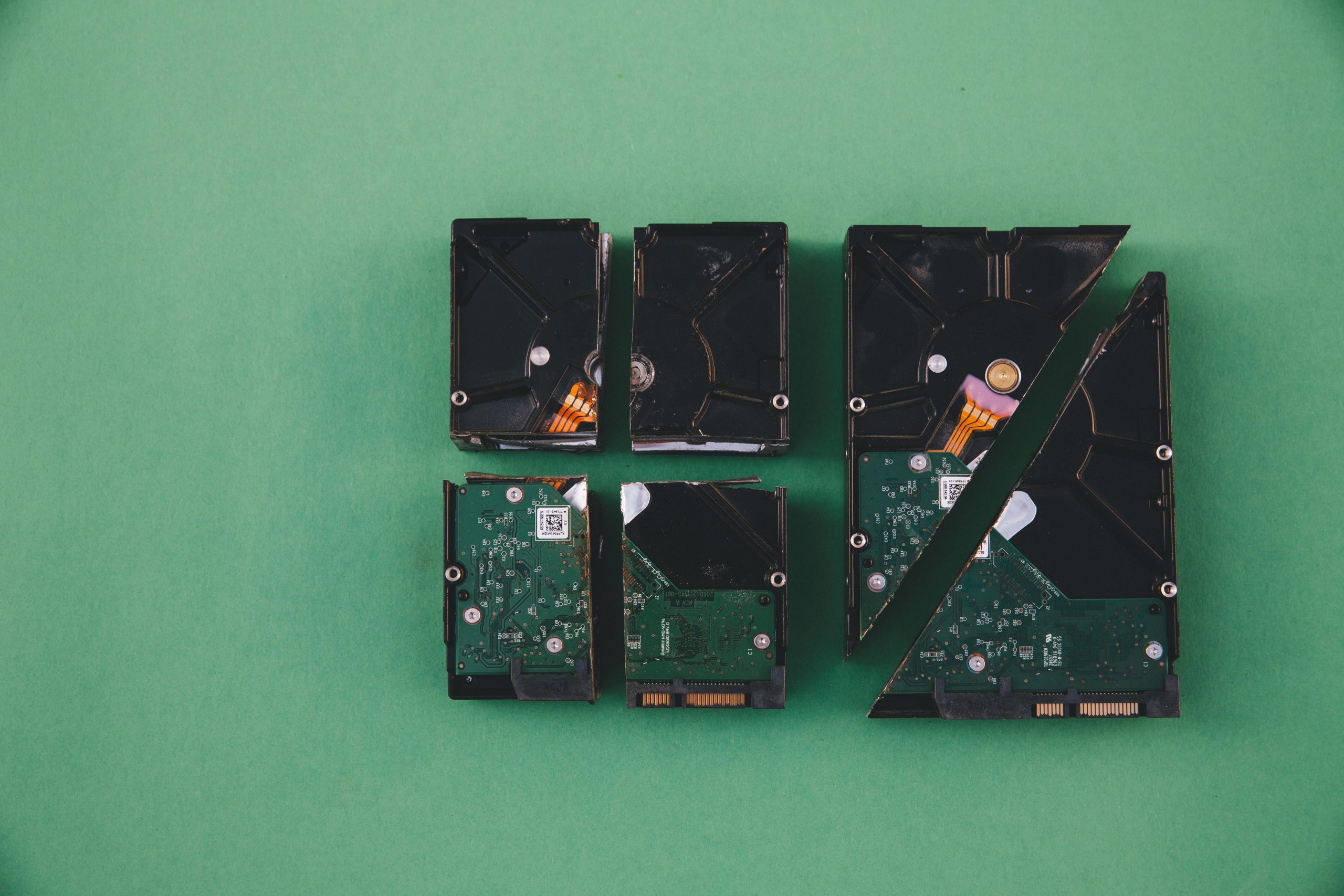Resolving the “Inaccessible Boot Device” Error After Cloning Windows 10 to a New System
Introduction
Encountering the “Inaccessible Boot Device” Blue Screen of Death (BSOD) can be a frustrating experience, especially after migrating an operating system to new hardware. Recently, a user shared their challenge of cloning a Windows 10 drive from an old computer to a new SSD using Clonezilla, only to find their system unable to boot. This article explores the common causes of this error in such scenarios and provides effective troubleshooting strategies to resolve it.
Understanding the Issue
Cloning a Windows installation to a new disk is a popular way to upgrade storage or migrate to new hardware without the need for fresh installations. However, this process can sometimes lead to boot failures, notably the “Inaccessible Boot Device” error. In the user’s case, after cloning, Windows failed to boot properly, displaying a BSOD with the message indicating that the system could not access the boot device.
Common Causes
Several factors can contribute to this issue:
- Hardware differences between the old and new systems, particularly storage controllers
- Cloning process that does not transfer all necessary drivers or configurations
- Improper disk partitioning or missing boot configuration data
- BIOS or UEFI settings preventing recognition of the cloned disk
Troubleshooting Steps
-
Verify BIOS/UEFI Settings
-
Ensure that the SATA mode (AHCI, RAID, etc.) matches the configuration used during the cloning process.
-
Check whether the disk is recognized in BIOS/UEFI. Since the user reported it is recognized only in BIOS, ensure that it is correctly detected and that the boot device priority is set appropriately.
-
Confirm Disk Recognition in Windows Environment
-
Use Windows recovery tools such as WinRE (Windows Recovery Environment) to access command prompt.
- Run commands like
diskpartto list disks and verify if the cloned SSD appears. -
Note: If
diskpartdoes not see the drive, it indicates a drive recognition issue at the hardware or driver level. -
Repair Boot Files
-
Utilize boot repair commands:
bootrec /fixmbrbootrec /fixbootbootrec /rebuildbcd(note: the user received errors indicating no Windows installations found)
These steps aim to repair the Master Boot Record and rebuild the Boot Configuration Data.
-
Address I/O Device Error
-
An I/O device error suggests
Share this content:



